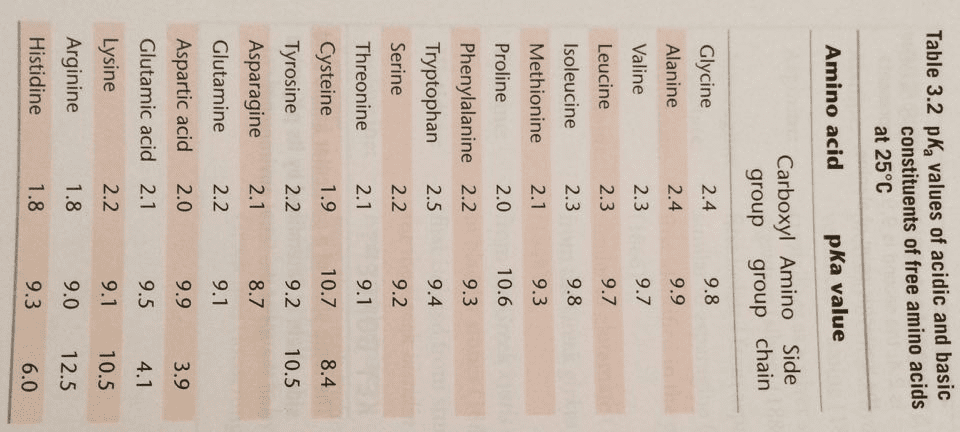BCMB 311 Study Guide - Midterm Guide: Allosteric Regulation, Glutamic Acid, Enzyme Inhibitor

Ch 4 Key Concepts:
1. Each protein has a unique amino acid sequence, which determines its three-dimensional
shape and biological function.
Polar
Nonpolar
Positive
Negative
Asparaganine
Alanine
Arginine
Aspartic Acid
Glutamine
Glycine
Lysine
Glutamic Acid
Serine
Valine
Histidine
Threonine
Leucine
Tyrosine
Isoleucine
Proline
Phenylalanine
Methionine
Tryptophan
Cysteine
2. Hydrogen bonding between regions of the polypeptide sequence lead to secondary
structure patterns such as alpha-helix and beta-sheet.
- Alpha Helix: Folding pattern in which a single polypeptide chain twists around itself to
form a rigid cylinder stabilized by hydrogen bonds between every fourth amino acid
(vertical bonding)
- Beta-Sheet: folding pattern in which neighboring regions of the polypeptide chain
associate side by side with each other with hydrogen bonds to give a rigid flattened
structure (horizontal bonding); antiparallel are more stable
3. Activities of most enzymes are strictly regulated. Know some of the common methods of
regulation, such as feedback inhibition and allostery.
- Feedback inhibition: regulates the flow through biosynthetic pathways
- regulates connected metabolic pathways
- Can toggle an enzyme to be on or off
- Allostery: describes a protein that can exist in multiple conformations and binds to the
alosteric site
find more resources at oneclass.com
find more resources at oneclass.com


